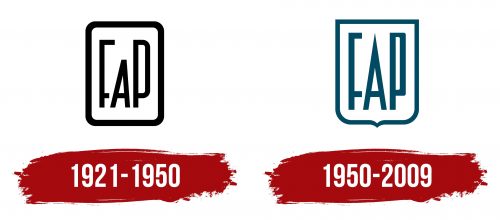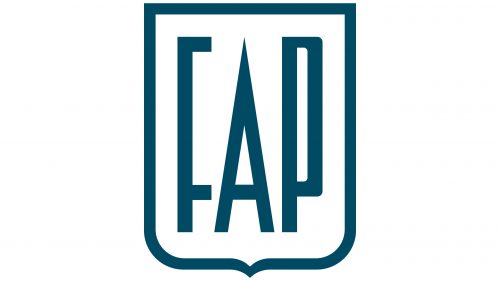The FAP logo symbolizes balance and progress. Every emblem element reaches upward, emphasizing the brand’s commitment to development. The logo signals drivers that they will find high-quality, reliable cars that meet their expectations.
FAP: Brand overview
In the speculative narrative, FAP, which stands for Fábrica de Automóveis Portuguesa, was founded in 1921 in Lisbon, Portugal by business visionary Domingos Sousa. Initially, it operated as a modest workshop producing automotive components and customizing imported cars to local preferences. By the 1930s, the company had developed sufficiently to introduce the first domestically produced passenger car in Portugal, a milestone in the country’s automotive history.
During its heyday in the mid-twentieth century, especially in the 1950s and 1960s, FAP became the leading automobile manufacturer in Portugal. The company employed more than 5 thousand people and had large production facilities in Lisbon and Porto. FAP cars were known primarily for their durability and economy, specifically designed for Portuguese consumers.
However, the 1970s were turbulent times for the brand. FAP found it difficult to adapt to rapidly evolving automotive technology and was increasingly let down by foreign competitors. In the 1980s, to revive itself, FAP privatized and began to cooperate with carmakers from France and Italy, setting up licensed assembly of their cars in Portugal.
Unfortunately, these strategic changes failed to reverse the company’s declining profitability. In 1998, after more than seventy years in business, FAP succumbed to financial pressures and closed. Despite the closure, the brand remained in the collective memory as a pioneering Portuguese automotive institution that was decisive in mobilizing the nation throughout the twentieth century.
Meaning and History
1921 – 1950
The first logo is styled like a road sign indicating car repair. The rectangular background with rounded corners symbolizes cars fitting to meet Portuguese owners’ needs better.
The abbreviation FAP inside the sign stands for Fábrica de Automóveis Portuguesa. The three letters of the abbreviation appear slightly disproportionate due to different heights, highlighting the mismatch between foreign car characteristics and Portuguese drivers’ requirements.
The letter F is styled like a wrench, indicating the production of individual parts for car repairs. The small letter A in the middle acts like a bridge, connecting the company’s past and future and marking the transition from individual car repairs to vehicle creation.
The minimalist logo is concise and memorable. This sign reflects the essence of the company’s work, emphasizing its ability to adapt and evolve to meet customer needs. The emblem anticipates the future development of FAP, showing its intention to become a key player in the automotive market.
1950 – 2009
The FAP logo, representing “Fiat-Alder-Palhinhas,” showcases a thoughtful design that highlights quality and excellence. The logo features the letters “F,” “A,” and “P,” each in a unique sans-serif font. These letters are tall and narrow, giving them a distinct look.
The “F” has straight edges, showing stability and precision. The “A” has a pointed tip, symbolizing ambition. The “P” has a curved design, adding elegance. This mix of straight and curved lines suggests a balance of precision and flexibility, reflecting the company’s versatile approach.
The logo’s background is a white shield with a pointed base, giving it a strong, classic frame. This shield symbolizes protection and reliability, enhancing the company’s solid reputation. The shield has a dark turquoise border, conveying reliability and authenticity.
The tall letters symbolize striving for perfection and a commitment to high standards. This design shows the brand’s dedication to continuous improvement. The dark turquoise frame adds depth and makes the logo memorable.
The letters’ mix of straight and curved lines creates visual contrast, highlighting the brand’s blend of precision and adaptability. This design reflects the company’s innovative spirit and balance of tradition and modernity. The dark turquoise adds sophistication, making the logo stand out with elegance.






